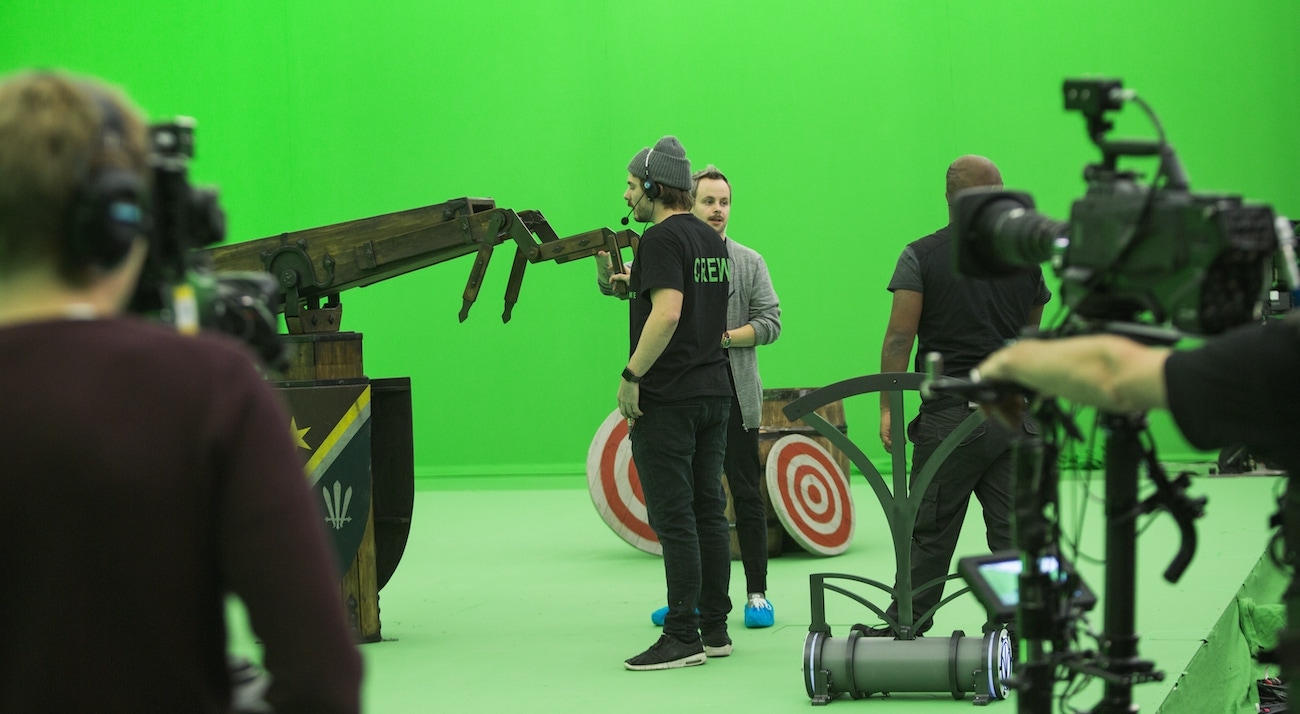Column: Getting started with virtual production workflows

Subscribe to NewscastStudio for the latest news, project case studies and product announcements in broadcast technology, creative design and engineering delivered to your inbox.
Virtual production is already transforming how we produce film, TV, and live events. The adoption of virtual production workflows has undoubtedly been accelerated by the restrictions brought about by the pandemic. Not only does this approach to producing content cut down the reliance on complex location shoots, but it also allows for on-the-day tweaks from the creative team.
More and more studios and independent content creators realize the benefits of virtual production. But with so much information out there, it’s easy to get overwhelmed if you haven’t yet taken the plunge. The good news is that with an increasing number of companies offering scalable off-the-shelf products, it’s now easier than ever to get involved.
Want to find out how to get started with virtual production? Here’s a quick step-by-step guide:
Clarify your goals
This step is probably the most important. It’s vital to establish a clear understanding of your use case and double-check virtual production is the best approach. The planning stages are arguably more important than in traditional production workflows. It’s important to get everything in place as early as possible. Once your goals are clear, you’ll be able to discuss the possibilities with a company that offers a range of virtual production tools.
Once you’ve decided on a virtual production setup, whether that’s AR, XR, virtual sets, or a combination, the next step is to think about sourcing the right hardware and studio integration, as well as planning the creative side. Once you have decided on a specific solution, take a look at the resources available to you – there will be plenty of guidance to help you on your way.


Get everyone aligned
The next step is to ensure that everyone is on the same page. Getting all the various departments aligned on the integration of virtual production is absolutely vital. Virtual production should not be thought of as a separate entity, but rather as a vital element, just like lighting, construction, and set design. In a virtual production environment, planning needs to happen early on with clear alignment between clear technical, operational, and creative decisions. This alignment is vital as many creative issues can be solved in pre-production, rather than in post.
Finding the right talent
Seeking out the best people for the task can be challenging as the virtual production space is so new, but hiring the right talent is essential. As well as studio engineers, it’s essential to employ people that have expertise with using camera tracking systems, along with technical creatives to do on-set tweaks and fixes. It’s also important to recruit people who have experience with 3D rendering workflows. For example, our solutions are built on Unreal Engine, so finding a team with experience in working with Epic’s gaming engine is critical.


Get the right tools for the job
Finally, you need to make sure that you have the right technology and tools in place. Choosing a solution that covers everything you might need, whether that’s AR, XR or remote operation, is a good option. What’s more, a robust camera tracking system is an important part of a successful virtual production workflow. Opting for a product that covers different types of camera tracking, including marker-based and markerless, is a good approach as it gives you more flexibility for different use cases.
For example, at Pixotope, we recently acquired camera tracking experts TrackMen, enabling us to offer a variety of systems rolled into one. This means that the virtual production workflow is simplified as there is less hardware to source.
Getting started with virtual production workflows might seem daunting at first, but the steps above should help you to get started. A focus on forward planning, as well as getting the right talent and tools in place, should make it easier and quicker to bring your creative vision to the screen.
In the next article in this series, we will look at virtual production from a talent perspective, written for professionals who want to transition into the virtual production space but don’t really know how. We will cover new opportunities and roles that have opened up as a result of the rapid changes within the industry.
Subscribe to NewscastStudio for the latest news, project case studies and product announcements in broadcast technology, creative design and engineering delivered to your inbox.




tags
Broadcast Workflow, Camera Tracking, Epic Games Unreal Engine, Øystein Larsen, Pixotope, TrackMen, virtual environments, virtual set, Virtual Sets, workflow
categories
Augmented Reality, Virtual Production and Virtual Sets, Heroes, Virtual Sets, Voices